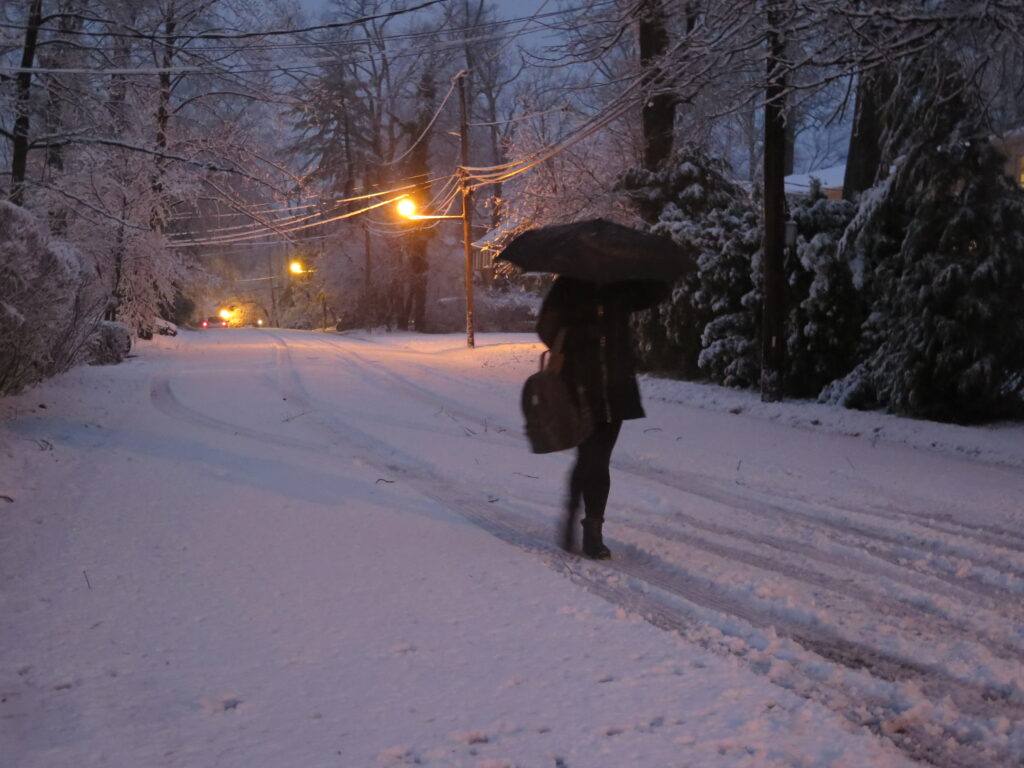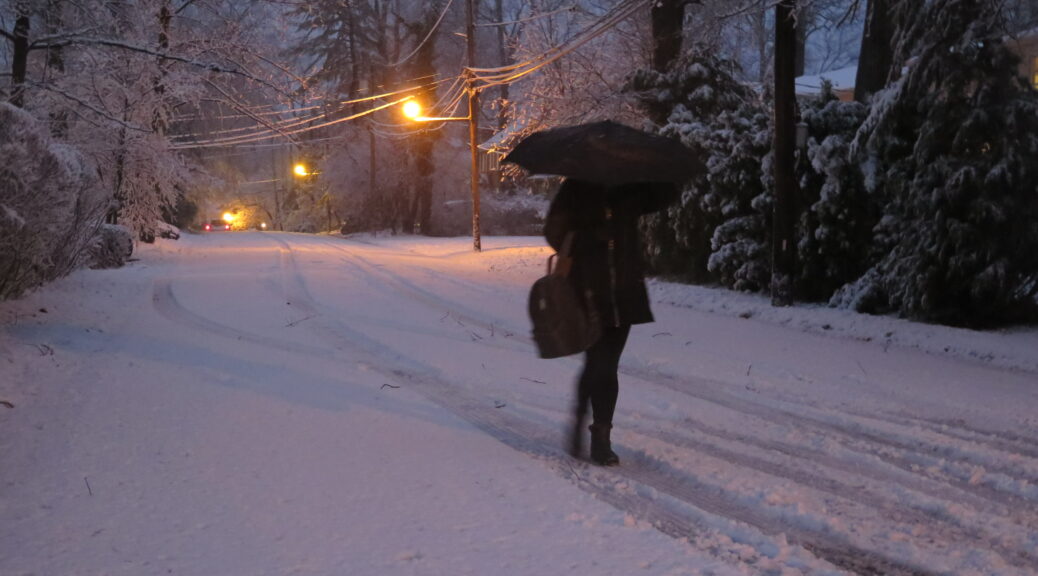On National Energy Assistance Day, White House Coordinates Outreach and Encourages Families to Enroll in Assistance Programs

The White House is joining states, localities, advocacy groups, and utilities in encouraging American families to apply for programs that can help hard-pressed families address home energy costs. These resources include the record funding for the Low Income Home Energy Assistance Program (LIHEAP) provided by the Biden-Harris Administration this year and funds to reduce home energy costs in the Bipartisan Infrastructure Law. In addition to outreach efforts across the Administration, the White House also announced information encouraging states to use all available American Rescue Plan resources for energy assistance and funding from the Bipartisan Infrastructure Law to reduce home energy costs.
- Funds from the Bipartisan Infrastructure Law Are Building on the American Rescue Plan’s Investment That More Than Doubled LIHEAP Funding: The Biden-Harris Administration has delivered nearly $8 billion in LIHEAP funding nationally, more than doubling typical annual appropriations—thanks to an additional $4.5 billion provided by President Biden’s American Rescue Plan. Earlier this month, the White House announced state-by-state breakdown of this funding (see below for total awards to date by state/territory). Last week, the Administration also distributed the first $100 million installment of a five-year, $500 million investment in LIHEAP provided by President Biden’s Bipartisan Infrastructure Law. These funds represent the largest investment in a single year since the program was established in 1981. These resources are already allowing states across the country to provide more home energy relief to low income Americans than ever before.
- The American Rescue Plan Provided Additional Historic Resources for Utility Relief Including the Emergency Rental Assistance (ERA) Program and State & Local Fiscal Recovery Fund: The American Rescue Plan provided other critical resources that states and localities can use to address home energy costs. ERA programs, which received an additional $21.5 billion in funding from the American Rescue Plan, can provide help with past-due utility bills or ongoing assistance with energy costs to help distressed renters avoid shut-offs and keep current on expenses. State & Local Fiscal Recovery Funds can also be deployed to help deliver energy relief to families.
- The Bipartisan Infrastructure Law Made Historic Investments to Reduce Home Energy Costs: The President’s Bipartisan Infrastructure Law invested a historic $3.5 billion in the Department of Energy’s Weatherization Assistance Program, reducing energy costs for hundreds of thousands of low-income households by increasing the energy efficiency of their homes.
The Administration is announcing the following:
- Outreach in Support of National Energy Assistance Day: Today, the Department of Health and Human Services released a radio announcement in English and Spanish and a video to encourage families to apply for LIHEAP. The radio announcement will air over 2,000 times and reach an estimated 36 million listeners. Yesterday, the Department also released a Dear Colleague Letter to LIHEAP Administrators encouraging their participation in National Energy Assistance Day. Other agencies across the Administration are also celebrating National Energy Awareness Day by disseminating information about assistance programs, including LIHEAP and ERA. The White House also coordinated outreach to state and local elected officials as well as other stakeholders.
- Information on Using the Pandemic Emergency Assistance Fund for Utility Assistance: The American Rescue Plan created a $1 billion fund for states, territories and tribes that is available to provide cash or targeted assistance to needy families. Today, the Department of Health and Human Services released a brief on how to use these funds to respond to winter utility needs.
- Significant Support Distributed Through American Rescue Plan Housing Programs: As of the end of 2021, well over $25 billion of funds have been obligated to assist households across the country through the ERA program, which provides both rental and utility assistance to households in need. Treasury continues to promote best practices such as avoiding shut-offs for eligible households and allowing self-attestation to document substantial increases in home heating or other utility costs to support eligibility. Treasury is also working with states and Tribes to distribute $9.8 billion in funding for the Homeowners Assistance Fund, with a majority of approved plans including utility assistance to homeowners in need.
- Best Practices on Coordination with Utility Providers: Yesterday, the Department of Health and Human Services and the Treasury Department hosted a webinar with over 700 utility assistance program administrators and utility providers from across the country to discuss how programs including LIHEAP and ERA can coordinate with utility providers to increase the efficiency and reach of their programs. Panelists from across the country shared their perspectives on effective coordination between utility assistance administrators and utility providers and highlighted a range of best practices.
Today’s announcements build on the Administration’s previous actions to ensure these historic resources are distributed swiftly and equitably:
- Encouraged States to Plan Early: In November, the White House called on states, localities, and tribes to plan early to distribute American Rescue Plan funds to address home energy costs this winter.
- Secured Commitments from Utilities to Avoid Shut-offs and Expedite Aid: The White House has called on utility companies to prevent devastating utility shut-offs and help expedite the delivery of unprecedented federal aid. In January, the White House announced that it has already welcomed commitments from fourteen major utility companies across the country, including Atlantic City Electric, Baltimore Gas and Electric, ComEd, Delmarva Power, DTE Energy, Eversource, Green Mountain Power, National Grid, NorthWestern Energy, Pacific Gas & Electric, PECO, Pepco, Portland General Electric and Vermont Gas, as well as the delivered fuel trade association NEFI.
- Called for Coordination of LIHEAP and Emergency Rental Assistance Relief to Families: To maximize the impact of home energy assistance, the White House called for states, localities, and tribes to coordinate across programs including LIHEAP and ERA. The Department of Health and Human Services and the Treasury Department have issued guidance and co-hosted webinars on LIHEAP and ERA best practices that attracted 500 administrators – collectively representing 47 states, the District of Columbia, and 72 Tribal governments. More than 50 percent of these administrators now report they are coordinating across these programs.
Households in need of help with their energy bills can identify resources in their area at EnergyHelp.us or call the National Energy Assistance Referral hotline at 1-866-674-6327.

